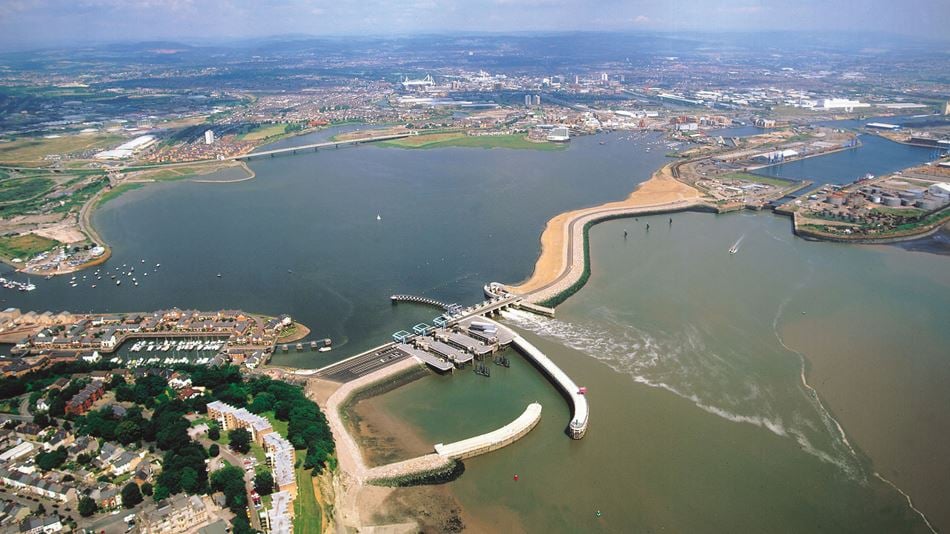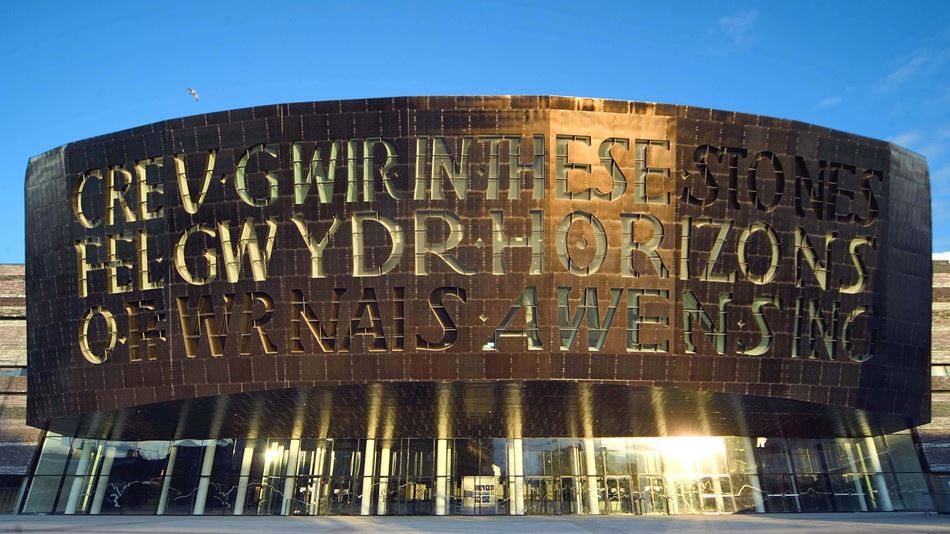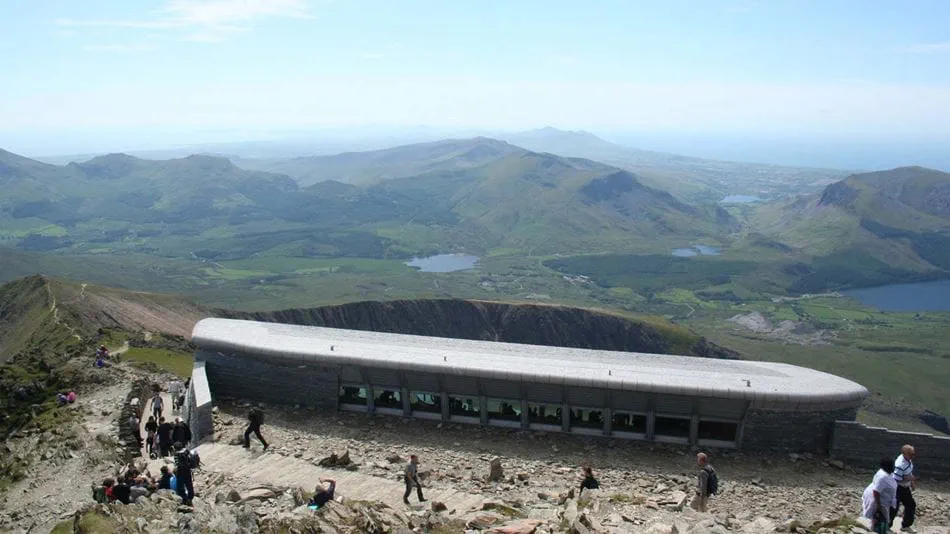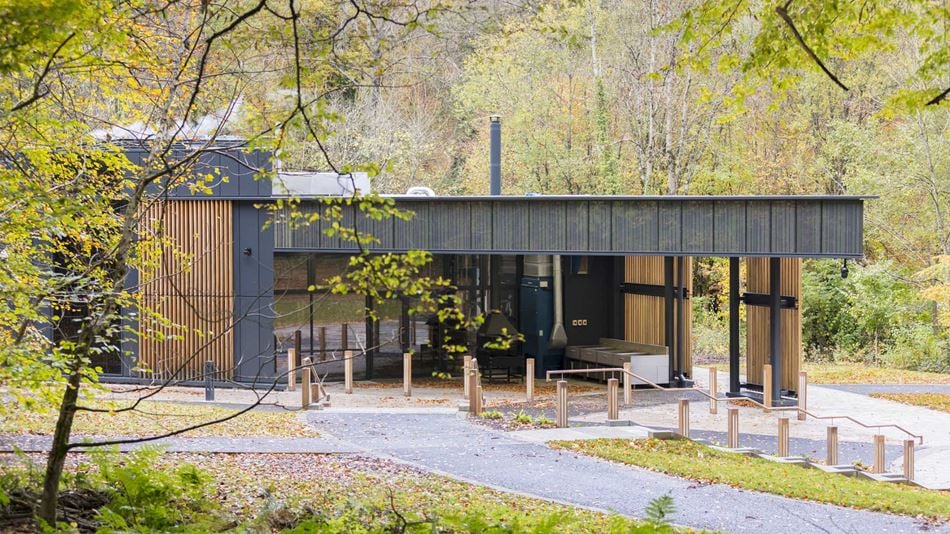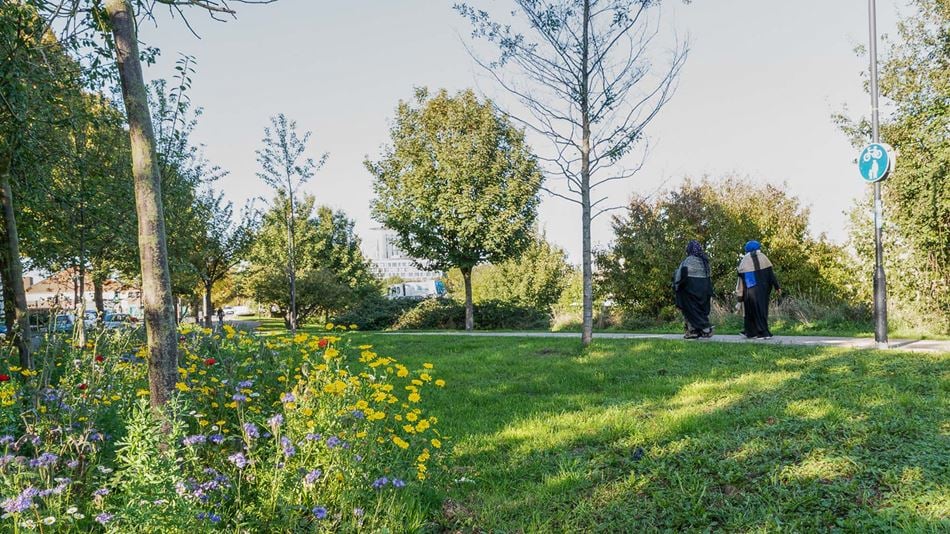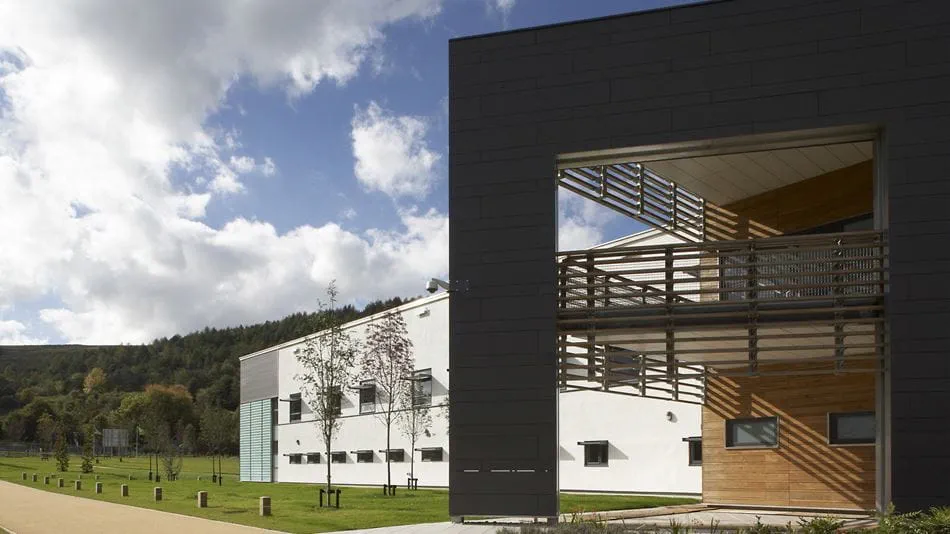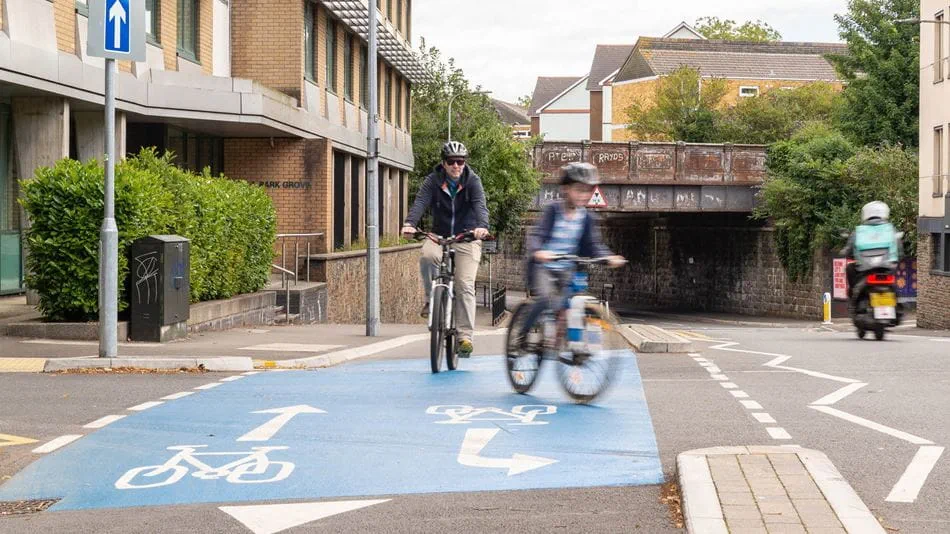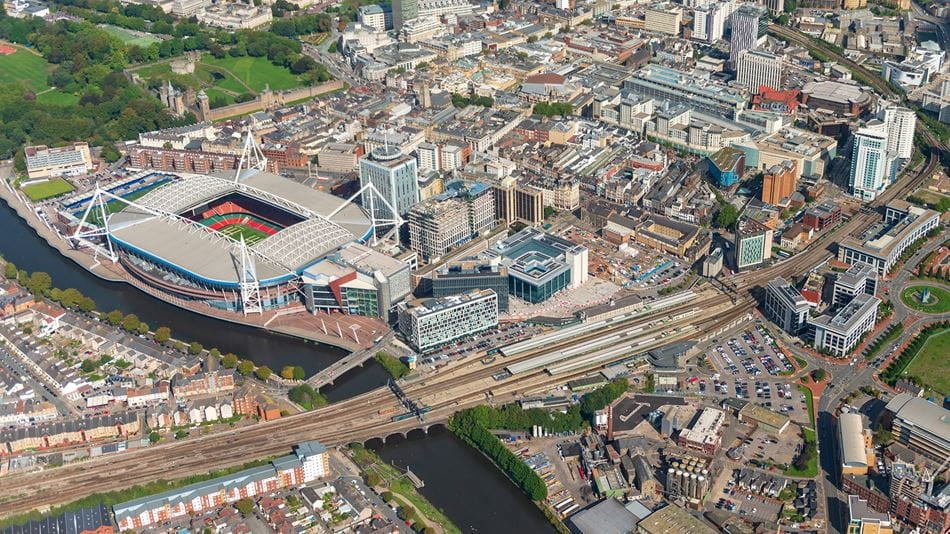Connecting Wales
From rail engineers to transport planners, civil engineers to environmental consultants, our people have worked on some of the biggest schemes improving transport connections across Wales, by road, rail, bike and on foot. We have been involved at every stage of projects, from developing a business case to creating detailed designs.
Our road schemes across Wales have improved connectivity and economic outcomes by providing access to jobs, while maximising opportunities for environmental benefits. In Gwynedd, we completed the design of a scheme to widen the A470 in the Lledr Valley, a project falling entirely within the Snowdonia National Park and described in the media as ‘possibly the greenest road in Britain’. The project was a Major Projects Finalist at the British Construction Industry Awards in 2005 and received an ‘Excellent’ award from CEEQUAL for the combined environmental performance of client, designer and contractor. The project was praised for its consideration of effects on the landscape, protection of archaeological sites, waste management, and protection of ecology and biodiversity – including the translocation of ecological soils and turf, and installation of reptile habitat, replacement bat roosts and culverts with ledges to protect local otter populations. Our rail work has included a significant contribution to the Great Western Main Line electrification programme, including design of the overhead line, foundations and major enabling works for several sections of the route. We have also delivered the design of maintenance and repair facilities, including development on a brownfield site in Swansea.
As well as journey reduction, increasing use of public transport and active travel, electric vehicles (EVs) have a part to play in reducing the carbon impact of travel. We are supporting Transport for Wales (TfW) to deliver essential EV charging infrastructure to enable long-distance travel across Wales. In partnership with private and public sector bodies, the project will see the installation of rapid charging infrastructure across the strategic road network to help ensure that drivers will be able to charge when and where they need it.
Since the passing of the Active Travel (Wales) Act in 2013, Welsh Government has led the way in prioritising active travel in Wales. We have worked with local authorities and private developers to create active travel schemes and incorporate active travel measures into developments and public spaces. In the Welsh capital, we are supporting Cardiff Council in its vision to double the proportion of cycle trips within the city by 2030. We worked with the council to develop proposals for a network of cycleways across the city, completing preliminary concept plans for over 30km of cycle routes.
 Sarah Wright
UKIMEA Press Office,London
Sarah Wright
UKIMEA Press Office,London
